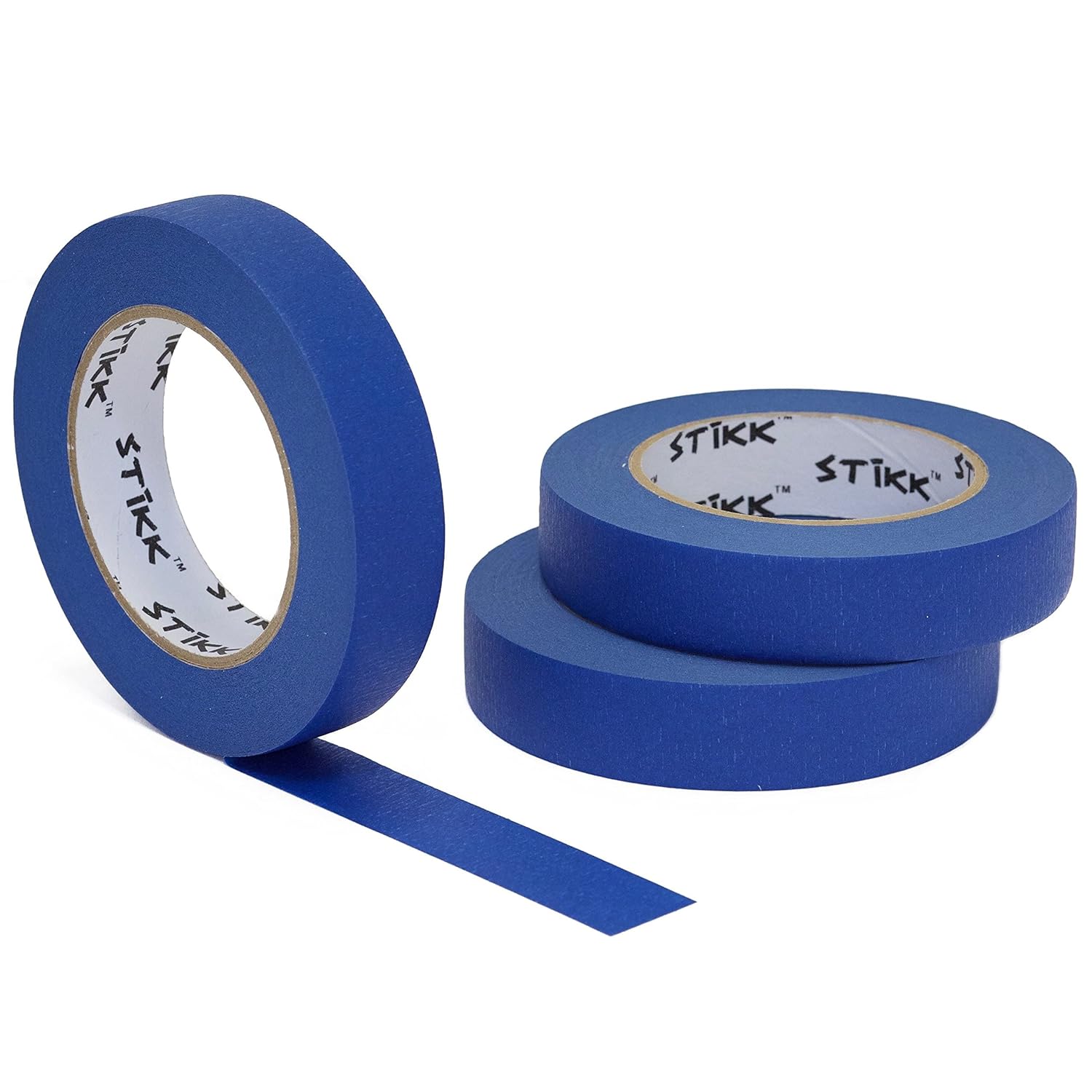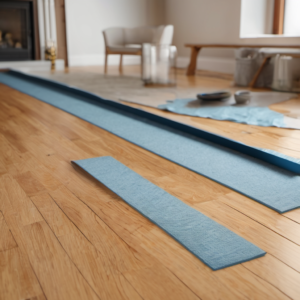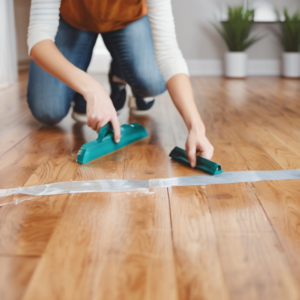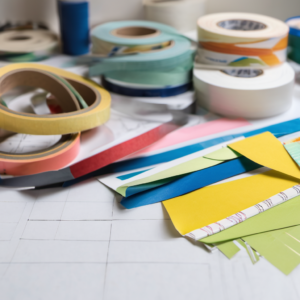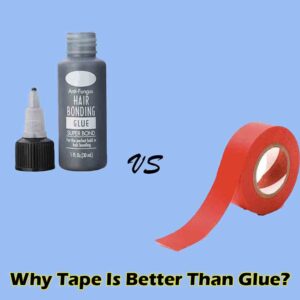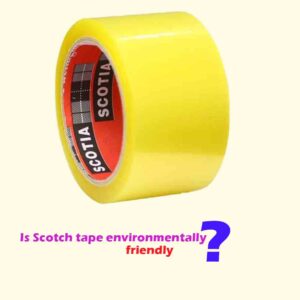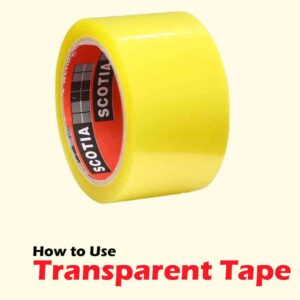When it comes to executing a flawless painting job, the devil is in the details. From selecting the right color palette to ensuring smooth strokes, every aspect demands meticulous attention. One common concern that often crosses a homeowner’s mind is whether painter’s tape damages walls. In this comprehensive guide, we address this question head-on, debunking myths and providing practical insights for a worry-free painting experience.
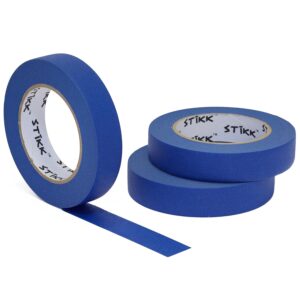
Table of Contents
ToggleUnderstanding Painter’s Tape Composition
Let’s start by delving into the anatomy of painter’s tape. Painter’s tape is specially designed to create clean, crisp lines while protecting surfaces from accidental paint splatters. Typically made from delicate materials like crepe paper, it possesses a low-tack adhesive that adheres securely to surfaces without causing damage.
The Myth of Wall Damage
One prevailing misconception that circulates among DIY enthusiasts is the belief that painter’s tape damages walls. This myth often stems from improper application or removal techniques. However, the reality is quite the opposite. When applied correctly and removed with care, painter’s tape leaves walls unscathed, preserving the integrity of the underlying surface.
Proper Application Techniques
To ensure the best results and avoid any potential damage, follow these step-by-step guidelines for applying painter’s tape:
Surface Preparation
Begin by cleaning the wall surface thoroughly. Remove dust, dirt, and any existing debris that might interfere with the tape’s adhesive.
Choose the Right Tape
Select a high-quality painter’s tape appropriate for your specific surface. Different tapes cater to various textures, so be sure to read the product specifications.
Gentle Application
Apply the tape with a steady hand, ensuring it adheres smoothly to the surface. Press down gently to secure the edges, creating a barrier that prevents paint from bleeding through.
Debunking Common Misconceptions
- Paint Seepage: One common fear is that paint might seep through the edges of the tape, leading to uneven lines. However, this is usually a result of improper application. Taking the time to secure the tape adequately eliminates this concern.
- Residue Residue: Another misconception revolves around the residue left behind by painter’s tape. Opting for a quality tape and removing it promptly after painting mitigates any chance of sticky residue on your walls.
Removing Painter’s Tape Like a Pro
Equally important to the application process is the removal of painter’s tape. Follow these guidelines to ensure a seamless finish:
1. Timely Removal
Do not leave painter’s tape on for an extended period. Remove it promptly after painting to prevent the adhesive from bonding with the dried paint.
2. Peel at an Angle
When peeling off the tape, do so at a 45-degree angle. This minimizes the risk of tearing and ensures a clean separation from the painted surface.
3. Check for Resistance
If you encounter resistance while removing the tape, use a utility knife to gently cut along the edges. This prevents any potential damage to the wall.
In conclusion, the notion that painter’s tape damages walls is a fallacy perpetuated by misinformation. When applied and removed correctly, painter’s tape serves as an invaluable tool in achieving professional-looking paint jobs without compromising the integrity of your walls.

